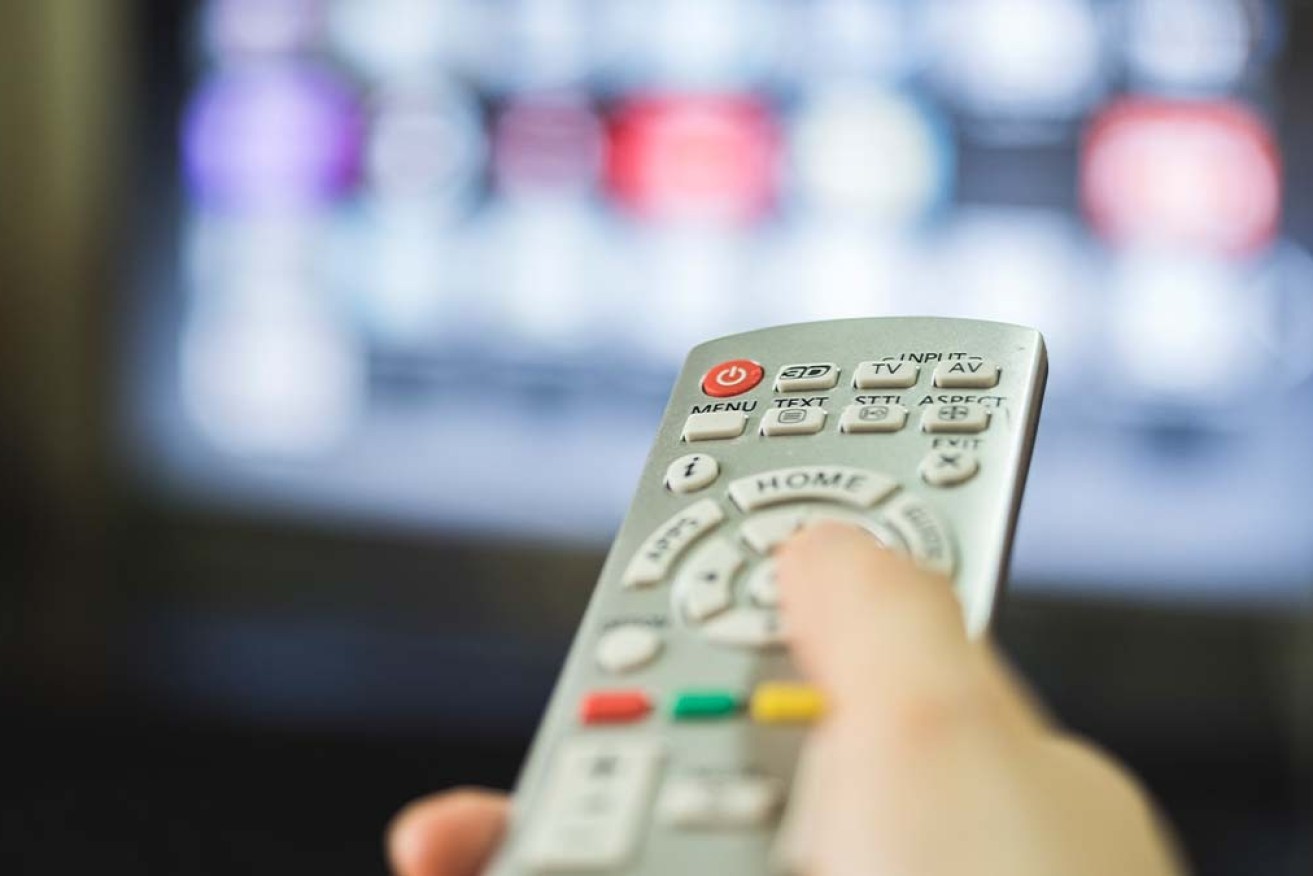How the digital revolution is shaping the future of TV


Ready, steady, go! Forget about sport for a while, let's focus on food, music and renovations. Photo: TND
There are big shifts happening in the TV world that are changing the way you view and how stations deliver the content Australians love.
The latest figures from Standard Media Index (SMI) have shown, for the first time, that traditional free-to-air TV advertising has been beaten by total digital ad spending.
SMI Australasian managing director Jane Ractliffe said total media advertising revenues were a record $852 million in November, up from $840 million for November 2020.
“For the first time the digital ad spend, $322.8 million, exceed the $319.8 spent on traditional TV,” Ms Ractliffe said.
The SMI data showed digital ad spend rose 7.6 per cent last November.
However, TV still leads the market if broadcast video on demand (BVOD) is added into the equation.
SMI has estimated BVOD ad revenues to be about 15 per cent of traditional TV.
Add BVOD in and TV revenues would have been around $367 million in November, well ahead of digital’s $274 million.
Nevertheless, traditional TV and BVOD are different kettles of fish and “BVOD is not simply a replica of what’s on linear [traditional] TV,” said Kim Portrate, CEO of research group ThinkTV.
“Seven, 10 and Nine all have different strategies for BVOD but they all reflect more than what they present on linear,” Ms Portrate said.
What that means is that as BVOD grows you can expect it to enable TV stations to pursue different strategies than they have in the past.
A recent example on how strategies change is represented in the SBS drama mini-series New Gold Mountain.
The program, set in the colonial era gold rush from the point of view of the Chinese mining community, aired at 9.30 pm.
That is well past the usual show time for a new production trying to get the maximum audience.
The strategy employed “could be to target an older demographic who will be watching later, but then over time it could build up a sizeable audience on SBS On Demand,” said Chris Walton, principal at media buyers Nunn Media.
“There’s lots of pressures on scheduling in terms of where you can find an audience – what you’re up against on different days and time slots.” So, the TV channels can use BVOD to harvest audiences at different times in different demographics rather than using the old method of harvesting maximum viewing by showing a popular show at a popular time.
So, the TV channels can use BVOD to harvest audiences at different times in different demographics rather than using the old method of harvesting maximum viewing by showing a popular show at a popular time.
“With drama an audience can grow by up to 20 per cent over seven to 28 days on BVOD,” Ms Portrate said.
That BVOD catchup audience tends to be younger, allowing a wider demographic to be harvested over time.
BVOD gives advertisers a series of possibilities that linear doesn’t. A large linear audience might appeal to a mass market advertiser.
“If you’re a retailer, a car dealer or if you’ve got travel offers, a large linear TV audience might appeal,” Mr Walton said.
BVOD audiences are smaller so advertisers might target a young audience with a sophisticated offer that has cache in that demographic.
“If you’re an advertiser with a smallish budget and a niche audience you want to target, then buying digital audiences is attractive,” Mr Walton said.
The result is that TV stations might have to buy a larger catalogue of programming – and this is changing their budgeting arrangements.
“This has been developing over five or 10 years so traditional media have had plenty of warning and experience to adapt if they were capable of doing so,” said independent media analyst Peter Cox.
The changes are not only present in the TV world.
As the chart above shows for all media bar radio, digital options are growing while traditional options are sinking.
And for radio, advertising is spread between analogue and digital so the distinction is not as clear as for other media.
Social giants
The emergence of powerful social media platforms like Google and Facebook has heightened the struggle between traditional media and the digital world.
“We have seen the political fallout with arguments with Facebook and Google and what they publish, who owns what they publish, how should they get paid and should the traditional media get get a share of that,” Mr Cox said.
“This is an environment in which people just have to learn to find a niche in which they can survive.”








